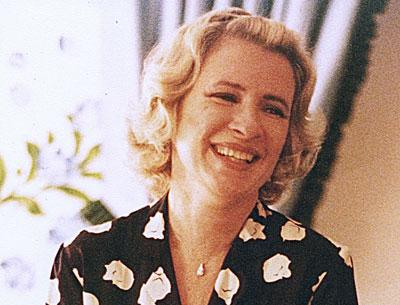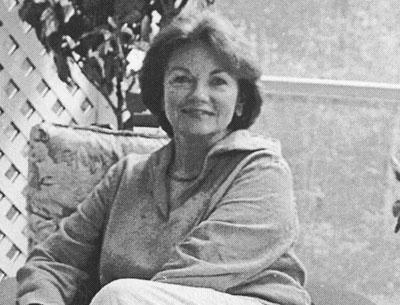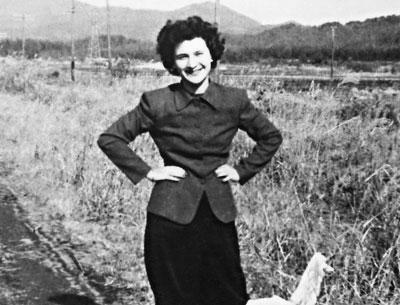Sandra Cantey
Sandra Cantey

Sandra Cantey, a master gardener who designed the gardens at Home, Sweet Home in East Hampton in the 1970s and was also involved in a number of other village activities, died at Southampton Hospital on Dec. 28 after a long illness. She was 74.
As a member of the Ladies Village Improvement Society, Ms. Cantey had been a chairwoman of the summer fair and of the Nature Trail committee. Other members remarked on her “deep love for the trail.” She remained involved in the society until recently. She was also a lay minister at St. Luke’s Church and made numerous hospital visits to comfort the sick and dying. She served at one time on the East Hampton Village Design Review Board.
In the 1970s, Ms. Cantey obtained a degree in horticulture from the Cornell Cooperative Extension in Riverhead. She had an expansive organic vegetable garden and also wrote a gardening column for The East Hampton Star, in addition to her work at Home, Sweet Home.
Born in Austin, Texas on July 3, 1938, to Emory Ambler Cantey and the former Gladys Aileen Westbrook, Ms. Cantey’s family traced their roots in America to the 1600s and the earliest founders of the Carolina Colony. Following the Civil War, they moved west to Fort Worth, Tex.
Ms. Cantey grew up in Fort Worth, where she graduated from Arlington Heights High School. She was a “speed reader with near perfect memory,” wrote her son, Phelan Wolf of Amagansett. She enjoyed horseback riding and performed with a local theater company called the Reeders School.
After receiving a bachelor’s degree in English literature at Vassar College and a master’s in psychology from New York University, Ms. Cantey spent a year at the Southern Methodist University Law School before traveling to Europe, principally France, with David Addickes, an American painter whom she eventually married. The couple lived in Paris and Antibes, where she learned to speak the language and prepare French cuisine.
Following her divorce from Mr. Addickes, Ms. Cantey met Peter Wolf, a doctoral student, in Paris. The two married and moved to Manhattan, raising their children, Phelan and Alexis, there and at a summer house in Springs.
Ms. Cantey was a guidance counselor at Brooklyn College, and became active in the Vietnam War peace movement. In the mid-1970s, she and the children moved to their Springs house full time, while Mr. Wolf continued to work in New York.
The marriage ended in divorce, and Ms. Cantey was briefly married to a high school sweetheart, while splitting her time between East Hampton and Fort Worth. She lived mainly in East Hampton for the past 10 years.
In addition to her son, and her daughter, Alexis Wolf of Pittsboro, N.C., Ms. Cantey is survived by four grandchildren. A funeral was held on Friday at St. Luke’s Episcopal Church in East Hampton. Her ashes were buried in the St. Luke’s Memorial Garden.



